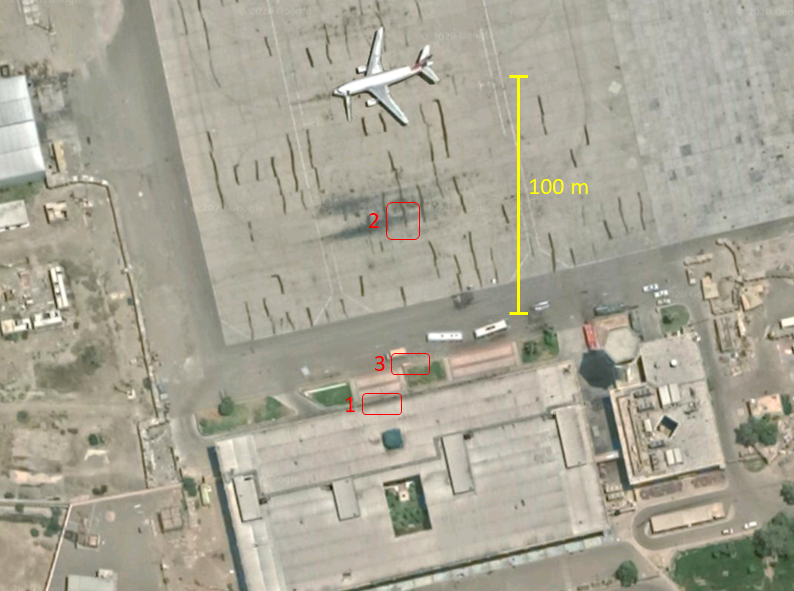
Bellingcat and its investigative partners have established that Russian politician, Vladimir Kara Murza, was followed by a specialist FSB team prior to his suspected poisonings in 2015 and 2017. bellingcat.com/news/uk-and-eu…
Members of the same FSB team, some of whom have medical and chemical weapons backgrounds, tailed Alexey Navalny before he was poisoned with a Novichok substance in August 2020.
Kara-Murza is a well-known Russian politician, film-maker and an outspoken critic of Russian president Vladimir Putin. The circumstances around his suspected poisonings have long remained a mystery.
Travel details of FSB team members show they followed Kara-Murza on a campaign trip outside Moscow that ended less than 48 hours before his first poisoning incident in May 2015. 

Kara-Murza recovered in the US before returning to Russia. Yet the same team began tailing him again just five months after he came back. He was poisoned for the second time in February 2017.
The number of coinciding trips – seven destinations with fourteen overlapping flights or journeys – renders a coincidental overlap between the travels of Kara-Murza and FSB squad members statistically implausible.
On at least one tailing operation, FSB squad members were accompanied by a senior official from the FSB’s 2nd Service, better known as the “Directorate for Protection of the Constitution and the Fight against Terorism”.
This officer, Roman Mezentsev, has previously traveled on joint bookings with high-level Kremlin officials including Vladislav Surkov, President Putin’s former advisor, who is long thought to have played a powerful role in Kremlin politics 

Mezentsev is the highest ranking FSB officer whom we have identified on any tailing trip linked to an FSB poisoning operation.
Phone and flight records show Mezentsev frequently interacted and traveled with the chief of the directorate of the 2nd Service, Alexey Zhalo, and with other high-ranking FSB and government officials.
Mezentsev’s recent phone records also show that he communicated with scientist Col. Makshakov, the deputy chief of the FSB’s Criminalistics Institute and de facto chief of the FSB’s poisoning program.
Another potentially relevant finding in this report is that we have tracked the earliest incident of Kara-Murza being tailed to just a few days before the assassinaiton of Boris Nemtsov near the Kremlin.
This temporal overlap, paired with the similarity in risk profile of the two political activists, raises renewed questions about whether the Russian security services may have known or had a role in Nemtsov’s assassination
It must be noted, however, that the death of Nemtsov (he was murdered in a shooting) does not appear to follow the known methods of the poison squad.
Although, the FSB has been behind shooting assassinations before, such as the murder of Zelimkhan Khangoshvili in 2019 bellingcat.com/news/uk-and-eu…
Kara-Murza, like Nemtsov, played a crucial role in the lobbying for and implementation of the Magnitsky Act which allows the US government to freeze assets of Rusisian and other government officials deemed to be human rights offenders
This legislation was sponsored in the US Congress by John McCain and has been a thorn in the side of the Russian leadership 

Kara-Murza described to us in great detail the symptoms he felt upon becoming ill in 2015 and 2017. These included difficulty breathing, heavy perspiration, a starkly accelerated pulse and uncontrollable bouts of vomiting.
When he was poisoned for a second time in 2017, Kara-Murza’s wife secured samples of his blood and, on her return to the United States, handed them to US toxicology laboratories for analysis
The FBI also met Kara-Murza’s wife and collected blood samples which they promised to send on for toxicology tests.
They promised the results would be provided to Vladimir Kara-Murza, but he never received them
In February 2020, after three years of waiting, Vladimir Kara-Murza decided to take the US Justice Department to court under general Freedom of Information Act rules in order to obtain his own toxicology results
The FBI eventually shared with Kara-Murza a heavily redacted versions of its findings which concluded that Kara-Mirza was the subject of an intentional poisoning with an unknown biotoxin
275 pages featured redactions “pending consultation with other agencies”, while 10 further pages were blacked out “for national security reasons”
The reason for the extensive redactions is unknown. However, a clue to the answer may be contained in a heavily redacted intra-FBI email disclosed to Kara-Murza pursuant to his FOIA request.
The email from an unknown FBI official to another unknown colleague details the visit of unnamed officials to Washington in late January 2018, before raising a point that was “still a win and our initial course of action” 

A possible indication as to who the redacted visitor, or visitors, to D.C. may have been can be found in the disclosure by the Washington Post that during the last week of January 2018, the three chiefs of Russia’s secret services – FSB, GRU and SVR– had visited the US Capitol
While there, the Post reported, they met with then CIA chief Mike Pompeo ostensibly to discuss issues posed by international terrorism washingtonpost.com/world/national…
A reference to a visit by Russian security officials would be logical in the context of the email’s caption – “Kara-Murza Case Status”.
However, what cannot be gleaned from the unredacted part of the email is what the reference to “still a win and our initial course of action.” is, as well as whether this visit played a role in the FBI’s decision to withhold the test results from Kara-Murza
Read the full article here: bellingcat.com/news/uk-and-eu…
• • •
Missing some Tweet in this thread? You can try to
force a refresh











